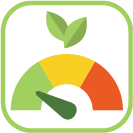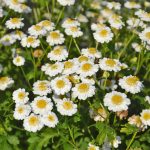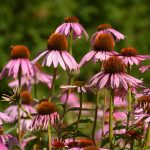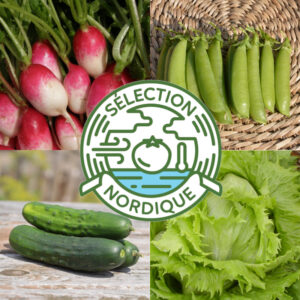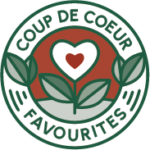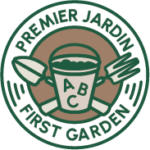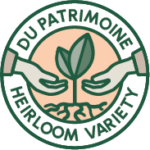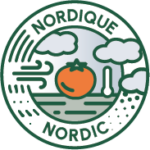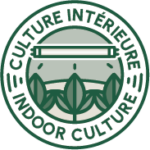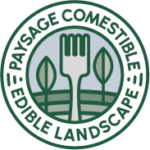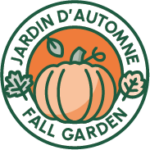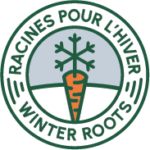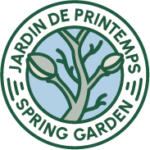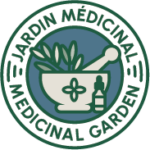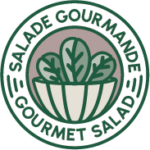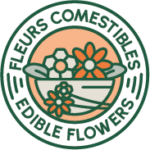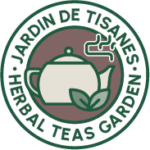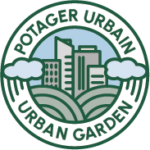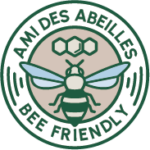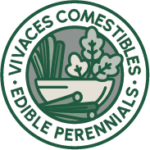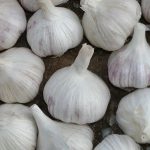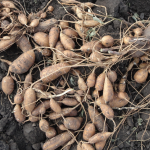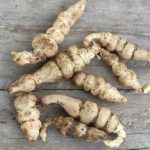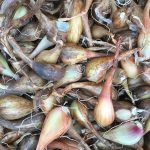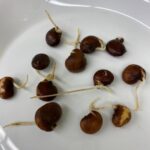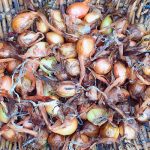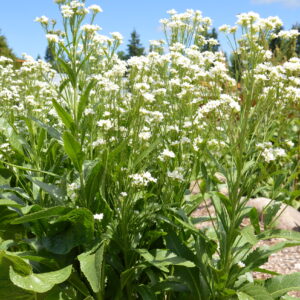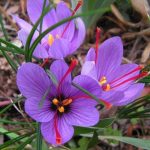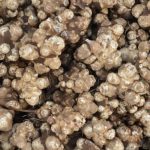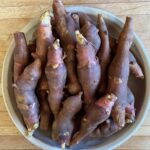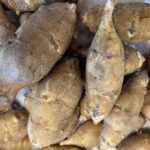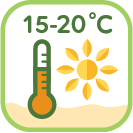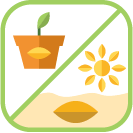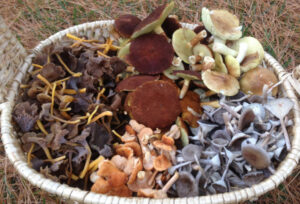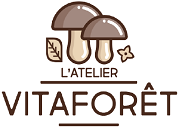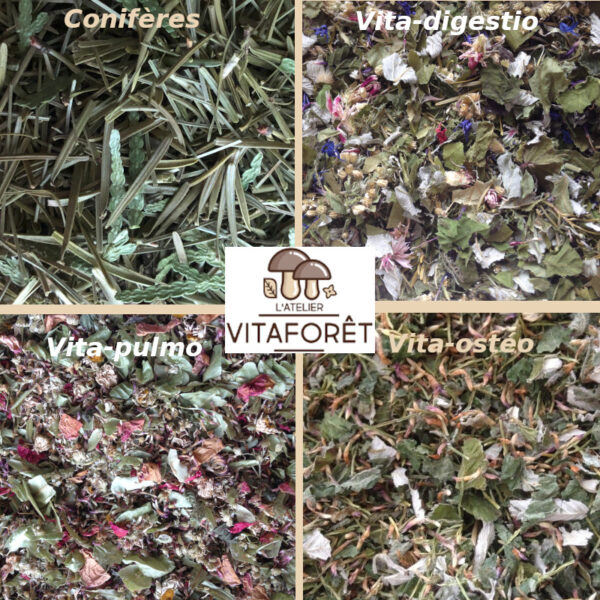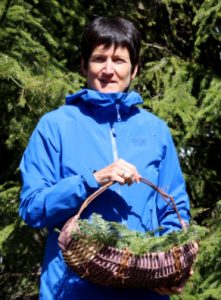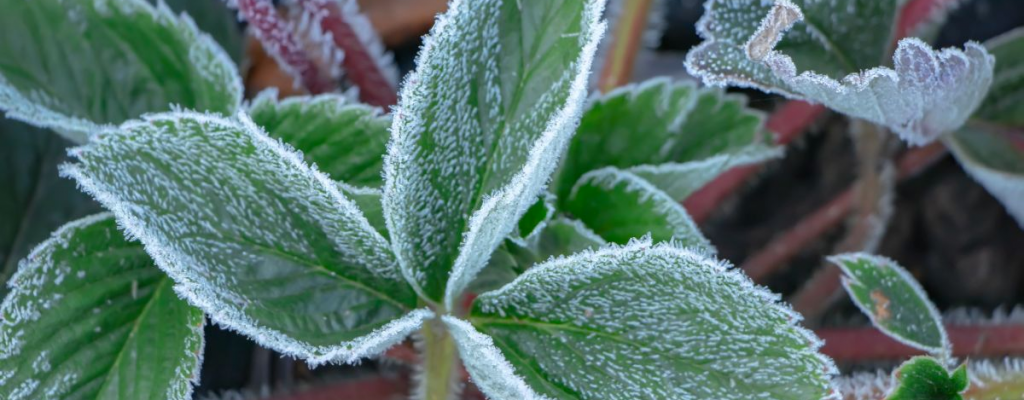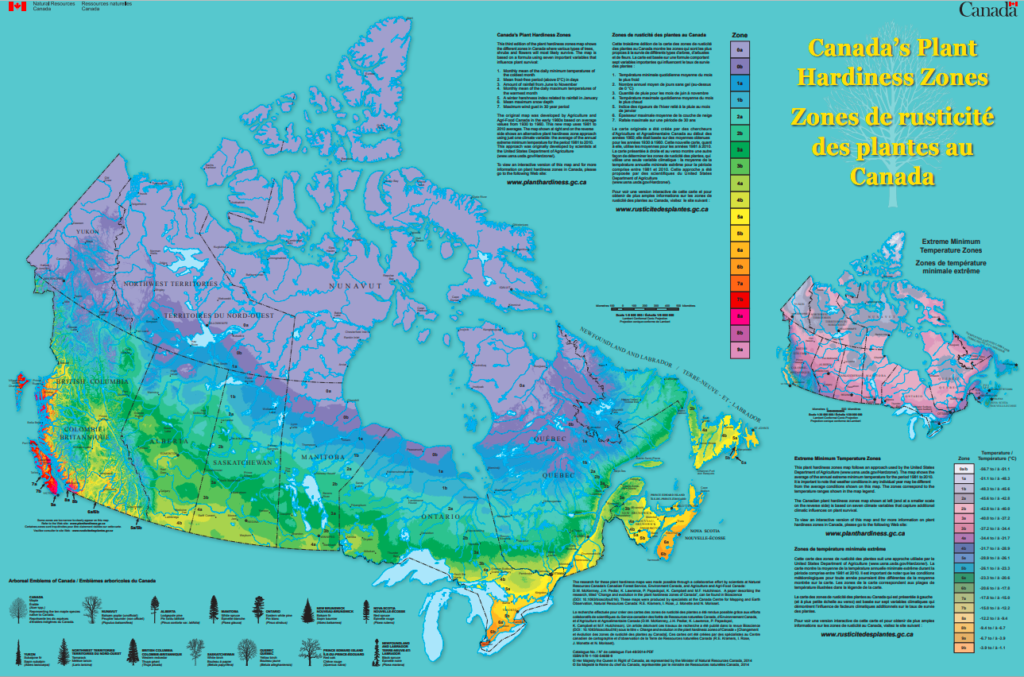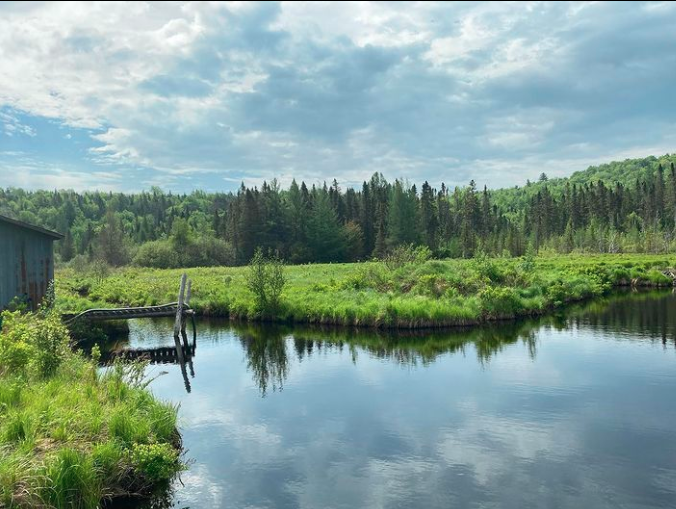ABC of hardiness
The hardiness zones have been defined taking into account:
- minimum winter temperatures,
- the duration of the frost-free period,
- of the hottest temperatures recorded,
- the thickness of the snow layer,
- redoux,
- rain in winter: and
- of the force of the winds.
A plant is hardy in a given area if it survives the winter there well. If it only survives there (suffers cold damage every year) it is not hardy in this zone.
- To find out which zone your locality is in, locate it on the map of plant hardiness zones in Canada!
The hardiness zone map is not a panacea, but a simple guide, because it does not take into account the micro-climates that exist almost everywhere.
- Depending on the position of the mountains and with a significant layer of snow, certain gardens in Sainte-Adèle, in zone 4a, can accommodate low plants and perennials from zone 5a without problem.
Favorable conditions for creating a microclimate:
- Microreliefs
- A thick blanket of snow in winter
- Proximity to a large body of water
- The presence of windbreaks (forest, building, fence, hedge)
- A draining soil that thaws quickly in spring
Table – Hardiness zones in Canada
There are nine official hardiness zones (0a to 8a) and eight divisions (0b to 7b), with the coldest zone being zone 0a and the warmest being zone 8a.
Thanks to indicator trees and shrubs, we can know if the conditions in our garden are those of a microclimate, which is not uncommon. The proof is that we are seeing more and more beeches, weeping false cypresses and Japanese maples in the gardens of southwestern Quebec!
| Areas | City | Indicator trees and shrubs* |
| 0a | Kuujjuaq | Ledum decumbens (Dicumant Lidon) |
| 0b | Chisabisi | Salix lucida ssp. lucida (shining willow) |
| 1a | James Bay | Picea glauca, Larix laricina, Rhododendron groenlandicum (white spruce, tamarack, Labrador tea) |
| 1b | Chibougamau | Salix pentendra (laurel willow) |
| 2a | Rouyn-Noranda | Viburnum trilobum, cornus alba 'Sibirica', Elaeagnus commutata (three-lobed viburnum, Siberian white dogwood, silver chalef) |
| 2b | Dolbeau | celtis occidentalis, Aesculus glabra, Juniperus communis there. depressed (western hackberry, glabrous chestnut, common juniper) |
| 3a | Chicoutimi | Tilia cordata, Acer, euonymus alatus (small-leaved linden, red maple, winged spindle) |
| 3b | Mont-Laurier | juglans nigra, Fraxinus Americana, Hydrangea paniculata 'Grandiflora' (black walnut, white ash, paniculate hydrangea 'Grandiflora') |
| 4a | Shawinigan | Ginkgo biloba, Robinia pseudoacacia, Taxus cuspidata (forty crown tree, black locust tree, Japanese yew) |
| 4b | Quebec | Cladrastis lutea (yellow-wooded virgilier) |
| 5a | Metropolitan Montreal | Cotinus coggygria, Viburnum carlesii, Mahonia aquifolium (common fustet, Charles viburnum, holly-leaved mahonia) |
| 5b | Montreal and South Shore, small strip on either side of the St. Lawrence River | Liriodendron tulipifera, Aesculus hippocastanum, platanus occidentalis (Virginia tulip tree, horse chestnut tree, western plane tree) |
| 6a | Kingston (ON) | Fagus sylvatica, Chamaecyparis nootkatensis, Acer palmatum (European beech, Nootka false cypress, Japanese maple) |
| 6b | Vancouver, BC | cornus florida (wooden button) |
| 7a | Nanaimo, BC | Liquidambar styraciflua, Buxus sempervirens, Hypericum hookerianum 'Hidcote' (American sweetgum, boxwood, St. John's wort 'Hidcote') |
| 7b | Port Alberni, BC | Pseudotsuga menziesii there. menziesii, Quercus garryana (Douglas fir, Garry oak) |
| 8a | Abbotsford, BC | Aucuba japonica, Viburnum tinus, Pernettya mucrinata (Japanese aucuba, laurel tin, mucronate pernettye) |

